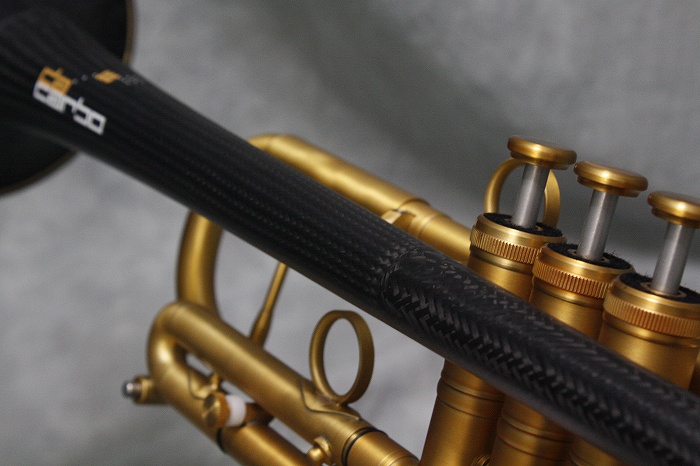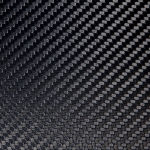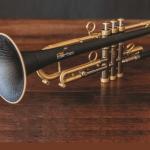The music world is getting a materials makeover as it uses carbon fibre for the first time to great sonic effect. Instrument makers, engineers, acoustic designers and musicians worked together to develop a trumpet and a trombone in a joint project for daCarbo Instruments.
However, instead of weight reduction, the goal here was reducing energy – or more specifically the physical effort required to play instruments by musicians.
By using composites, certain vibrations were suppressed in the tube. The result is an instrument that requires less energy to play, yet is said to produce a warmer rounded sound.
The trumpet bell is made using an RTM (Resin Transfer Moulding) process using braided dry fibre tapes. However, a challenge lay in the geometry of the bell, which is connected with a U-bend to a metal valve. This geometry results in a non-demouldable core, which is why another process had to be developed called melting core technology.
Due to the high stiffness of the composite material and its good damping properties, the percentage of non-audible vibrations from the bell are reduced, thereby increasing the natural reflections of the sound.
Blind tests have shown that daCarbo instruments correspond to the tone characteristic of a conventional trumpet and are said to have been readily accepted by professional orchestras.
Araldite composite resins from Huntsman Advanced Materials were used by Nägeli Swiss to develop the trumpet bell for the project.















